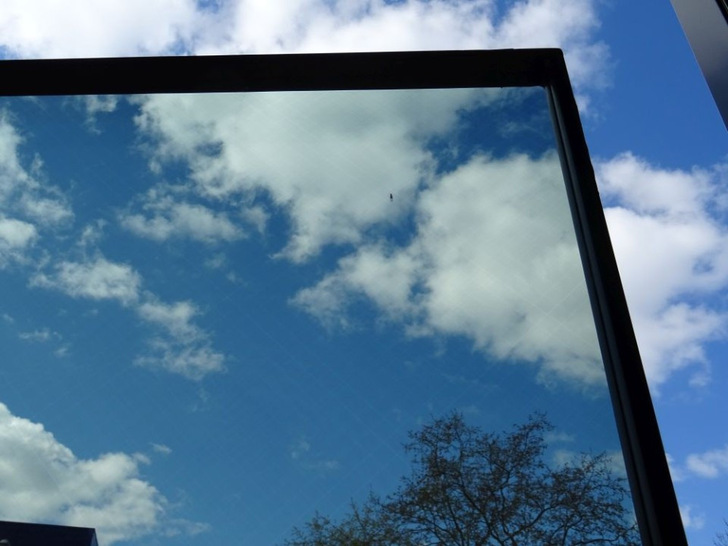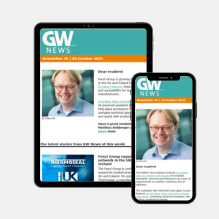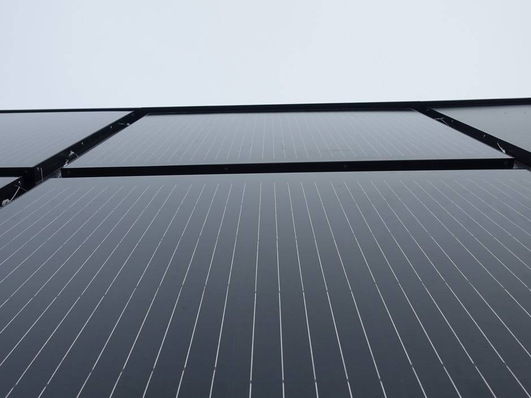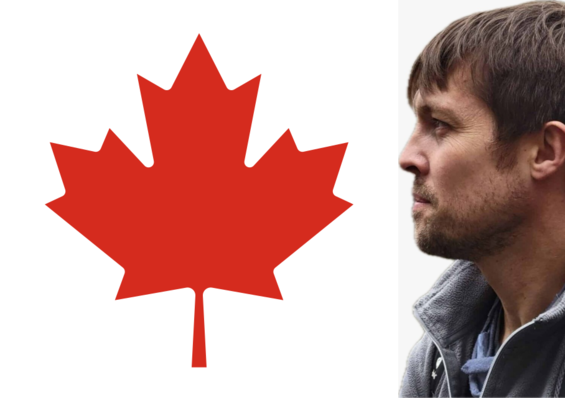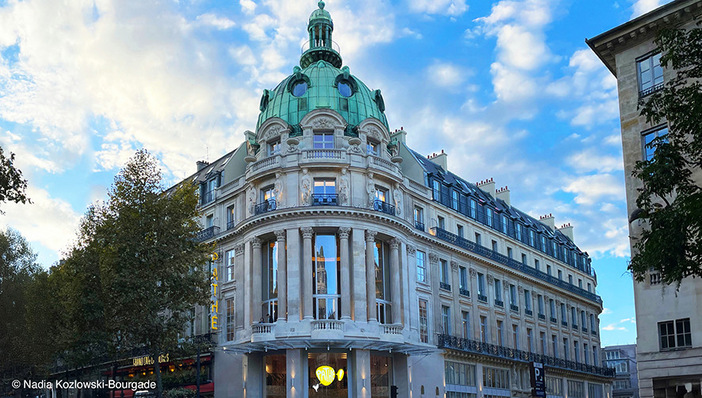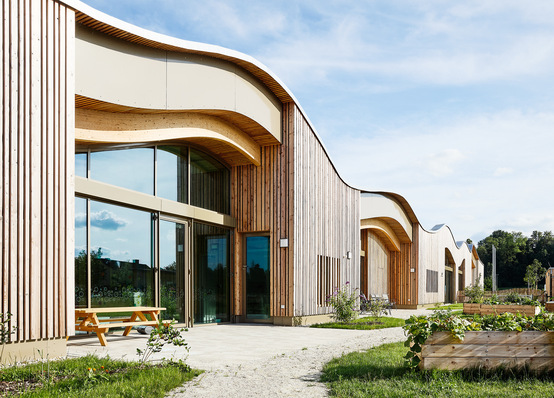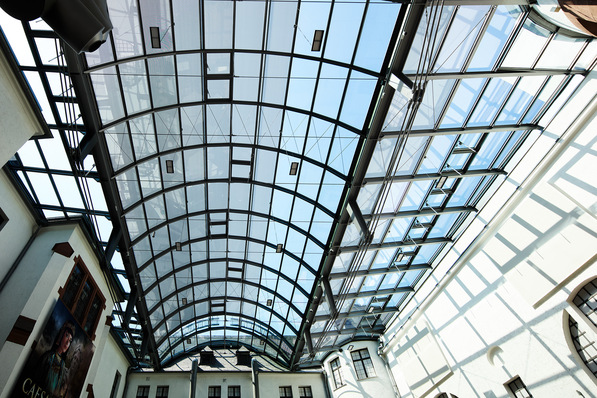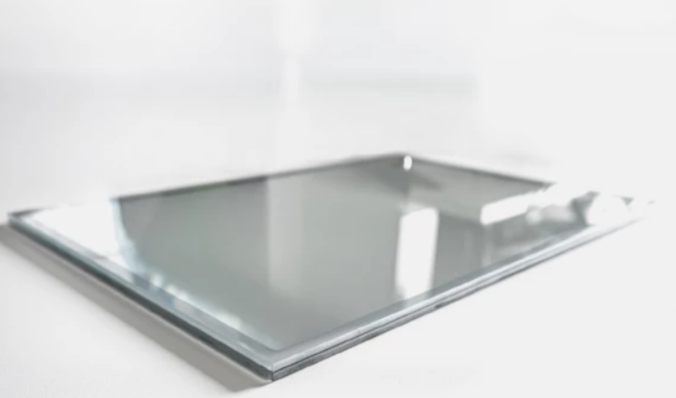In the research project "Radio-transparent insulating glass", it was possible to greatly improve mobile phone reception through an almost invisible segmentation of the low-E layers without significantly impairing the thermal insulation. By increasing the transmitted signal, the function of data and navigation services could be significantly improved. The U-value increases only very slightly in the process. The solution is applicable for thermal and solar control layers in double and triple glazing in buildings as well as in vehicles.
Energy efficiency is playing an increasingly important role in the construction of modern buildings in order to meet climate targets and comply with legal regulations. Transparent facades are an essential part of this.
See also: How the glass industry can benefit from the market for BIPV
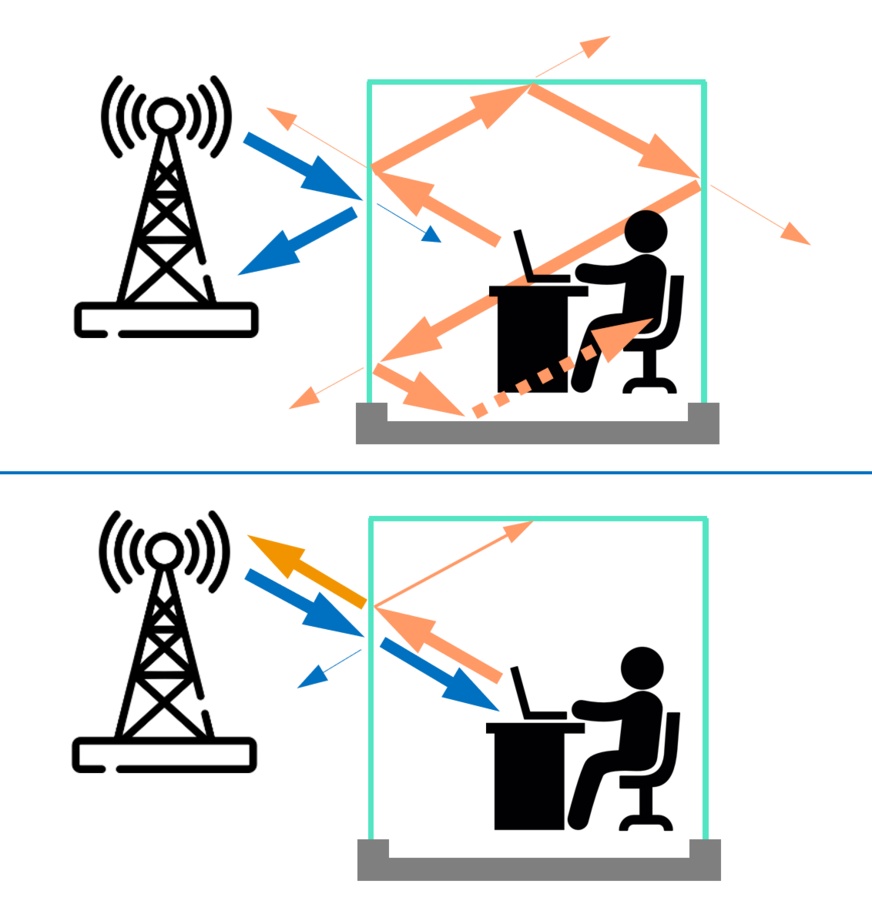
Fraunhofer ISE
For example, Double and Triple insulating glass with one or more thermal or solar control coatings are used here. These coatings are transparent in the visible spectrum, but reflect in the infrared range, which keeps the heat radiation inside the building. However, the longer-wave radio waves are also reflected back.
This effect creates a Faraday cage, which leads to massive restrictions in the reception of data services and GPS-based services. Typically, terminals react to this by increasing the transmission power.
This results in reduced battery life as well as increased exposure to electromagnetic fields in the building, and all the more so because the radiation is reflected back and forth several times inside the building. The new approach to solving this problem is to segment the low-E layer, e.g. by laser ablation or other methods.
The segments are dimensioned significantly smaller than the wavelength of the radio signals to be transmitted. As a result, an improvement of the transmitted signal by 20-50 dB (factor 100 - 100,000) could be achieved over the entire relevant frequency range (UMTS, LTE, 5G, Wi-Fi, GPS). Measurements on a demonstration façade have shown that the reception of data services is significantly improved when using radio-transparent glazing. For example, an increase in the download data rate by a factor of 60 was achieved. The U-value (heat transfer coefficient) increases only to a very limited extent by about 0.1 W/(m2K) with segmentation. Moreover, the grid created on the glass by the process is almost invisible to the human eye. The thermal insulation effect and light transmission are therefore not significantly affected.
Also interesting: Henning Larsen to design university building in Innsbruck
The technology can be used for thermal and solar control glazing with all typical soft coatings. In addition, it can be combined with other technologies such as sound insulation.
The special glass was developed in cooperation with partners isophon glas and Arnold Glas.







